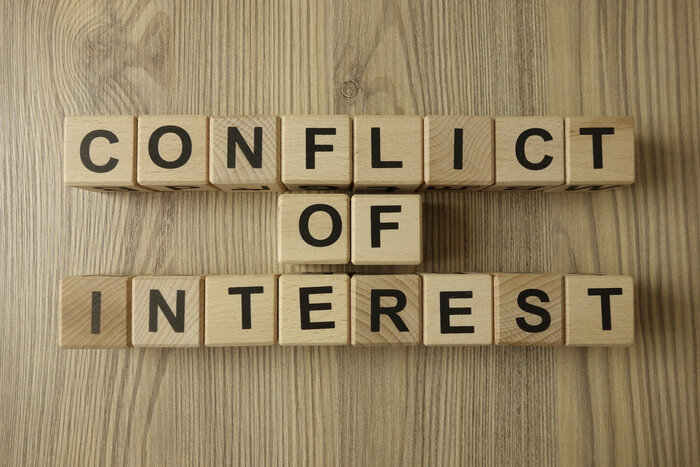Conflicts of Interest
Do you have policies in place to avoid conflicts of interest?

BIID members are required not to accept any job or take on a client where doing so would represent a conflict of interest. As providers of professional services, interior designers have a responsibility to their clients to advise them to the best of their ability, as objectively and independently as possible. If the interests of the designer, a relative or friend of the designer, another client or any other third party take precedence over the interests of the client, then that is a conflict.
Conflicts of interest
can not only be damaging to the interests of the client, and to the reputation of an individual designer, but they can bring the entire interior design profession into disrepute.
Examples of conflicts of interest that may arise on interiors projects include:
- A designer invoicing a supplier for a ‘handling fee’ or ‘introductory’ fee that they have not informed their clients about (please note in addition to being unethical this may also be illegal – please read more on our campaign Kick out the Kick Backs for further details)
- A designer disclosing confidential information about a client for their own benefit
- A designer recommending a contractor for a project without disclosing to the client that they are a relative.
To address this the BIID recommends that every practice should have a procedure in place to identify conflicts of interest, or perceived conflicts of interest, that includes steps on how these conflicts should be eliminated or declared. This process should also account for when conflicts arise in the middle of a project.
"I am happy to go for a walk."